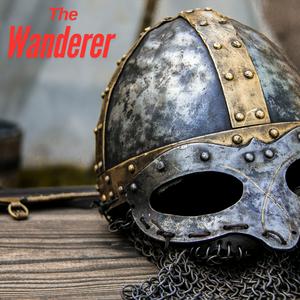Anglo Saxon Daily Life
Daily life in Anglo-Saxon England, spanning from the 5th to the 11th centuries, was predominantly rural and centred around agriculture. Most people lived in small villages, often comprising fewer than 100 inhabitants, and worked the land to sustain their communities.Homes were modest wooden structures with thatched roofs, typically consisting of a single room where families cooked, ate, and slept together. These dwellings were part of self-sufficient villages that relied on farming and local resources for survival .Society was structured into distinct classes: at the top were the thanes, the Saxon upper class who enjoyed hunting and feasting; below them were the churls, free peasants who worked their own land; and at the bottom were the thralls, slaves who performed laborious tasks .The majority of Anglo-Saxons were farmers, cultivating crops like wheat and barley, and raising livestock. Some were skilled craftsmen, producing tools, jewelry, and textiles. Women played vital roles in the household and economy, engaging in activities such as weaving, baking, and dairy production .Life was challenging, with hard work and limited comforts, but communities were tight-knit, and traditions were strong. The Anglo-Saxons laid the foundations for many aspects of English culture and society that would follow in the centuries to come.Warfare was a significant aspect of Anglo-Saxon life. Most able-bodied freemen were expected to serve in the fyrd, a local militia mobilised during times of conflict. These part-time soldiers provided their own weapons and supplies, balancing military duties with their agricultural responsibilities .On the battlefield, the Anglo-Saxons employed the formidable shield wall tactic, where warriors stood shoulder to shoulder, interlocking their shields to form a solid defensive line. This formation was central to their combat strategy, as seen in battles like Maldon and Hastings .Weapons commonly used included spears, swords, axes, and seaxes (single-edged knives). While bows and arrows were less prevalent, they were occasionally used. Defensive gear comprised shields, helmets, and mail shirts, though such armor was typically reserved for wealthier warriors due to its cost In response to persistent Viking invasions, King Alfred the Great restructured the military by establishing a network of fortified towns known as burhs. These strongholds served both as defensive positions and administrative centres, enhancing the kingdom's ability to repel attacks and maintain order Thus, warfare was deeply intertwined with daily life in Anglo-Saxon England, influencing social structures, settlement patterns, and the evolution of military strategies.

